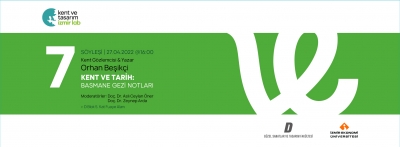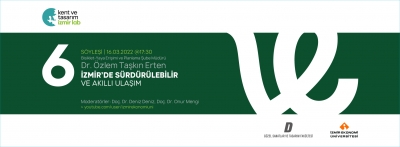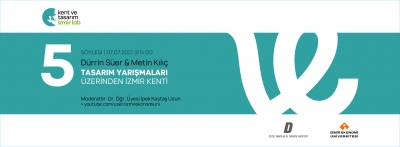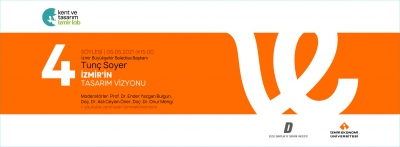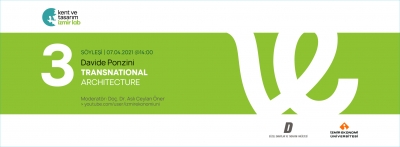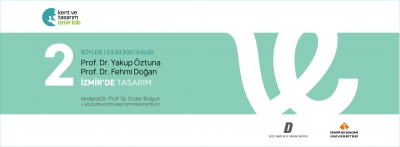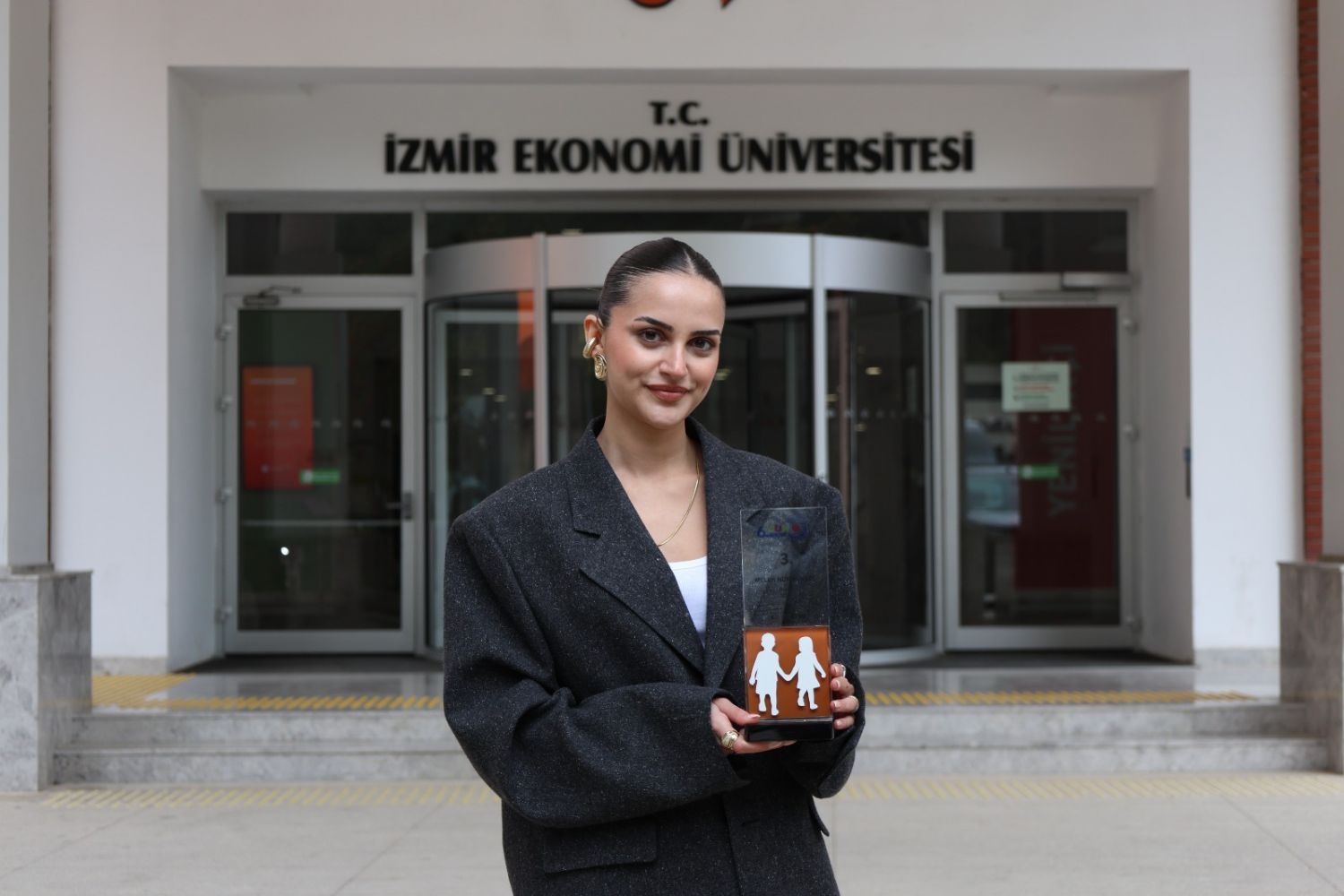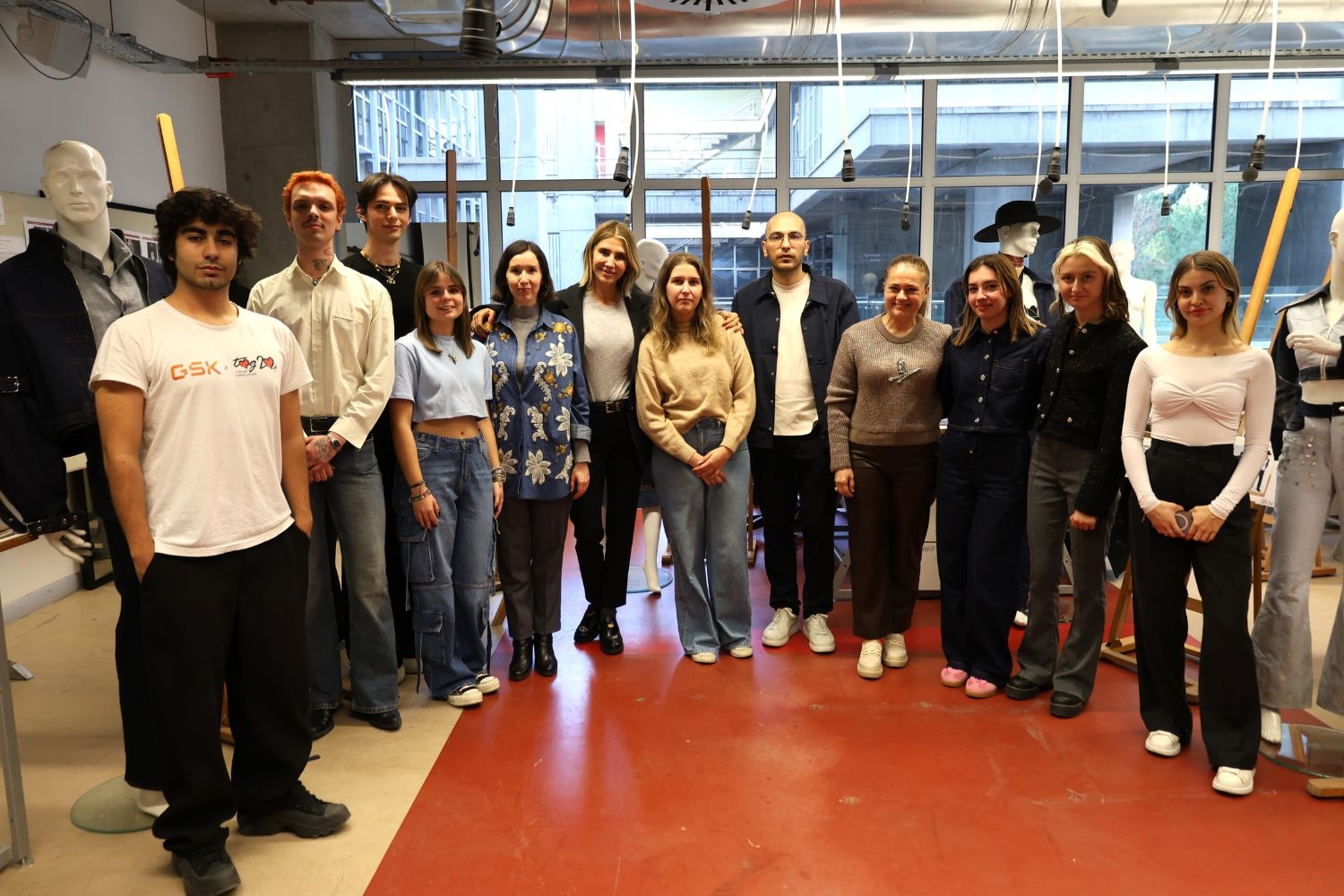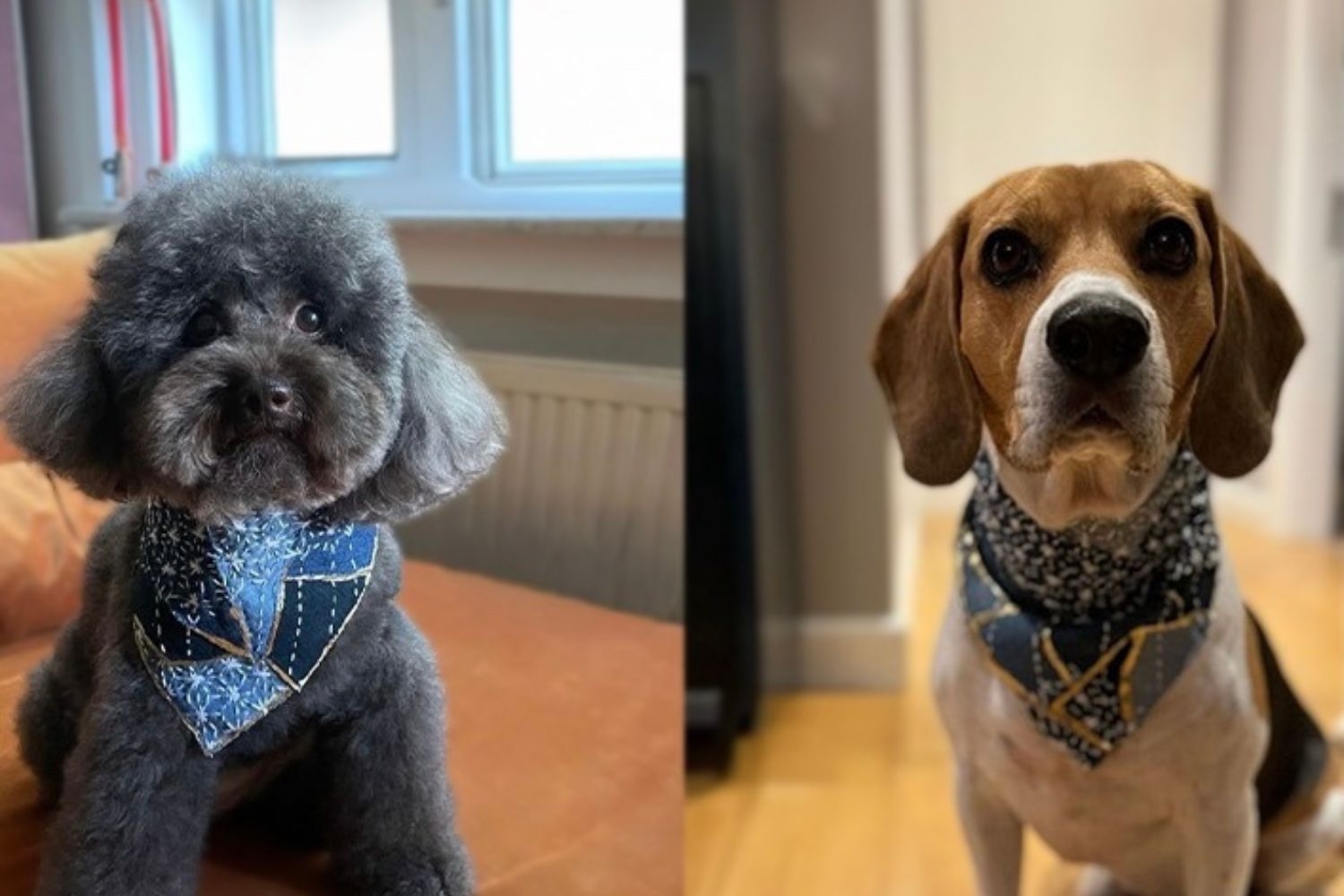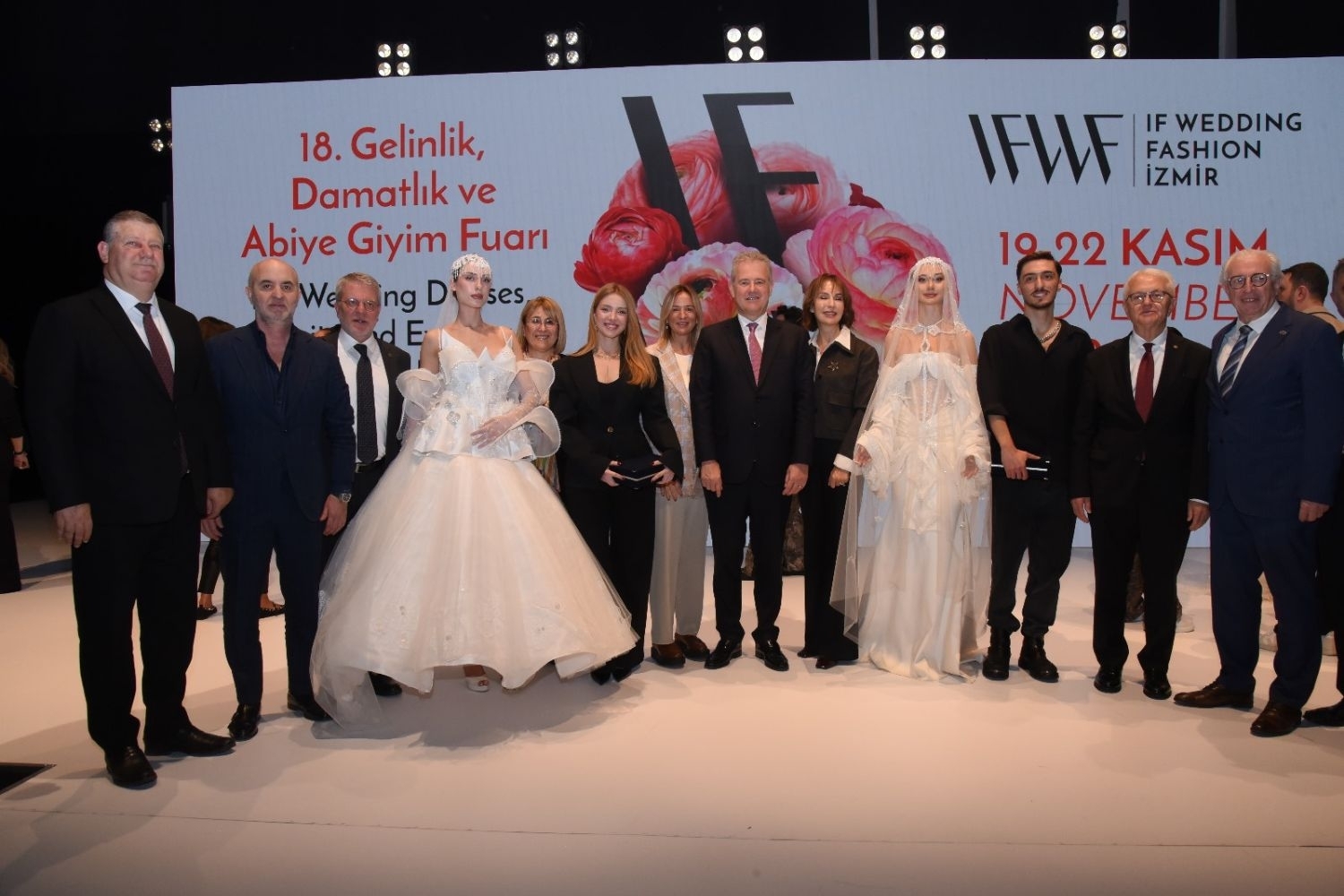FACULTY OF FINE ARTS AND DESIGN
Department of Textile and Fashion DesignFA 390 | Course Introduction and Application Information
| Course Name |
Fashion Brand Communication
|
|
Code
|
Semester
|
Theory
(hour/week) |
Application/Lab
(hour/week) |
Local Credits
|
ECTS
|
|
FA 390
|
Fall/Spring
|
2
|
2
|
3
|
4
|
| Prerequisites |
None
|
|||||
| Course Language |
English
|
|||||
| Course Type |
Elective
|
|||||
| Course Level |
First Cycle
|
|||||
| Mode of Delivery | face to face | |||||
| Teaching Methods and Techniques of the Course | DiscussionQ&ACritical feedbackJuryLecture / Presentation | |||||
| National Occupation Classification | - | |||||
| Course Coordinator | ||||||
| Course Lecturer(s) | ||||||
| Assistant(s) | - | |||||
| Course Objectives | The objective of this course is to generate an understanding about future directions in the fashion world by examining all aspects of fashion brand communication and to analyze its implementation in various communication channels. |
| Learning Outcomes |
The students who succeeded in this course;
|
| Course Description | In this course, the main concepts of brand communication in fashion will be introduced. The communication strategies of major brands within the global fashion market will be critically analyzed to identify and evaluate diverse approaches in this field. |
| Related Sustainable Development Goals |
|
|
Core Courses | |
| Major Area Courses | ||
| Supportive Courses |
X
|
|
| Media and Management Skills Courses | ||
| Transferable Skill Courses |
WEEKLY SUBJECTS AND RELATED PREPARATION STUDIES
| Week | Subjects | Related Preparation |
| 1 | Introduction to the course, General introduction to Global Brand Communication | Lloyd C Harris, Philip Kotler, Gary Armstrong, Hongwei He ‘’Principles of marketing’’ chap.19 (Pearson,2023), 574-587 |
| 2 | The importance of branding, The Fashion Brand | Lloyd C Harris, Philip Kotler, Gary Armstrong, Hongwei He ‘’Principles of Marketing’’, (2020), chap.8 (Pearson, 2020) 230-260 |
| 3 | Fashion Brand Communication | Gaynor Lea –Greenwood, ‘’Fashion Marketing Communications’’, (John Wiley&Sons,Ltd.2013), chap.2: Marketing Strategy 8-16 |
| 4 | Fashion Advertising, Fashion Communications on Media | Gaynor Lea –Greenwood, ‘’Fashion Marketing Communications’’, (John Wiley&Sons,Ltd.2013), chap.3: Tools and Media Channels, chap.4: The Power of Magazines 17-50 |
| 5 | Digitalization of Fashion Communication | Gaynor Lea –Greenwood, ‘’Fashion Marketing Communications’’, (John Wiley&Sons,Ltd.2013), chap.12: 182-192 |
| 6 | Digitalization of Fashion Communication 2 | Gaynor Lea –Greenwood, ‘’Fashion Marketing Communications’’, (John Wiley&Sons,Ltd.2013), chap.12: 182-192 |
| 7 | The Business of Influence - mid-term project submission deadline | Gaynor Lea –Greenwood, ‘’Fashion Marketing Communications’’, (John Wiley&Sons,Ltd.2013), chap.6: 73-88 |
| 8 | Experiential Fashion | Shaz Smilansky, ‘’Experiential Marketing_ A Practical Guide to Interactive Brand Experiences’’- (Kogan Page,2009), chap.3: 3-28 |
| 9 | Fashion Trends- Trend Forecasting | Hyejeong Kim, Ann Marie Fiore, ‘’Fashion Trends_ Analysis and Forecasting’’, (Berg Publishers,2011), chap.1 1-20 , chap.3 45-63 |
| 10 | MIDTERM WEEK | |
| 11 | Color Forecasting | Kate Scully, Debra Johnston Cobb, ‘’Color Forecasting For Fashion’’, (Laurence King Publishing, 2012), chap. 1 1-20, chap.3-4 45-90 |
| 12 | International Fashion Marketing Communications | Gaynor Lea –Greenwood, ‘’Fashion Marketing Communications’’, (John Wiley&Sons,Ltd.2013), chap.9: 133-145 |
| 13 | Fashion PR | Gaynor Lea –Greenwood, ‘’Fashion Marketing Communications’’, (John Wiley&Sons,Ltd.2013), chap.5: 54-72 |
| 14 | FINAL PROJECT PRESENTATIONS | |
| 15 | FINAL PROJECT PRESENTATIONS | - |
| 16 | Semester Review |
| Course Notes/Textbooks | ‘’Fashion Marketing Communications’’, Gaynor Lea-Greenwood, John Wiley&Sons,Ltd., (2013) ISBN: 978-1-405-15060-6 |
| Suggested Readings/Materials | Lloyd C Harris, Philip Kotler, Gary Armstrong, Hongwei He, , Principles of marketing, 8th European Edition, (2020) ISBN: 978-1-292-26956-6 Experiential Marketing, Kerry Smith and Dan Hanover, John Wiley & Sons,(2016) ISBN: 9781119145875 Marieke de Mooij, Global Marketing, and Advertising 4th edition, 2010 ISBN: ISBN-13: 978-1452257174 Fashion Magazines; Vogue, Glamour, Instyle, Elle (Turkish&Global Editions) BOF: www.businessoffashion.com |
EVALUATION SYSTEM
| Semester Activities | Number | Weigthing |
| Participation |
1
|
10
|
| Laboratory / Application | ||
| Field Work | ||
| Quizzes / Studio Critiques | ||
| Portfolio | ||
| Homework / Assignments |
1
|
15
|
| Presentation / Jury |
1
|
45
|
| Project |
1
|
30
|
| Seminar / Workshop | ||
| Oral Exams | ||
| Midterm | ||
| Final Exam | ||
| Total |
| Weighting of Semester Activities on the Final Grade |
4
|
100
|
| Weighting of End-of-Semester Activities on the Final Grade | ||
| Total |
ECTS / WORKLOAD TABLE
| Semester Activities | Number | Duration (Hours) | Workload |
|---|---|---|---|
| Theoretical Course Hours (Including exam week: 16 x total hours) |
16
|
2
|
32
|
| Laboratory / Application Hours (Including exam week: '.16.' x total hours) |
16
|
2
|
32
|
| Study Hours Out of Class |
14
|
1
|
14
|
| Field Work |
0
|
||
| Quizzes / Studio Critiques |
0
|
||
| Portfolio |
0
|
||
| Homework / Assignments |
1
|
7
|
7
|
| Presentation / Jury |
1
|
20
|
20
|
| Project |
1
|
15
|
15
|
| Seminar / Workshop |
0
|
||
| Oral Exam |
0
|
||
| Midterms |
0
|
||
| Final Exam |
0
|
||
| Total |
120
|
COURSE LEARNING OUTCOMES AND PROGRAM QUALIFICATIONS RELATIONSHIP
|
#
|
Program Competencies/Outcomes |
* Contribution Level
|
|||||
|
1
|
2
|
3
|
4
|
5
|
|||
| 1 |
To be able to develop and design a collection independently. |
-
|
-
|
-
|
-
|
-
|
|
| 2 |
To be able to do maintain a design research individually or as a team. |
-
|
-
|
-
|
X
|
-
|
|
| 3 |
To be able to develop entrepreneurship- and managerial skills for a future professional practice. |
-
|
-
|
X
|
-
|
-
|
|
| 4 |
To be able to understand, interpret and apply theoretical knowledge in fashion and textile design. |
-
|
-
|
-
|
-
|
-
|
|
| 5 |
To be able to analyze and integrate the particular local and regional needs and of their profession. |
-
|
-
|
-
|
-
|
-
|
|
| 6 |
To be able to obtain a multidisciplinary point of view, follow and analyze the new issues, changes and trends in contemporary design and art in such a way that they can be integrated into design practice. |
X
|
-
|
-
|
-
|
-
|
|
| 7 |
To be able to apply industrial requirements, knowledge of material & usage and know-how knowledge in the creation of high quality fashion products. |
-
|
-
|
-
|
-
|
-
|
|
| 8 |
To be able to use digital information and communication technologies at a level that is adequate to the discipline of fashion and textile design. |
-
|
-
|
-
|
-
|
-
|
|
| 9 |
To be able to develop an ongoing analytical and professional approach to academic and design research. |
X
|
-
|
-
|
-
|
-
|
|
| 10 |
To be able to recognize the need and importance of a personal lifelong learning attitude towards their chosen area of interest. |
X
|
-
|
-
|
-
|
-
|
|
| 11 |
To be able to collect data in the areas of fashion and textile design and communicate with colleagues in a foreign language ("European Language Portfolio Global Scale", Level B1). |
-
|
-
|
-
|
-
|
-
|
|
| 12 |
To be able to speak a second foreign at a medium level of fluency efficiently. |
-
|
-
|
-
|
-
|
-
|
|
| 13 |
To be able to relate the knowledge accumulated throughout the human history to their field of expertise. |
-
|
-
|
-
|
-
|
-
|
|
*1 Lowest, 2 Low, 3 Average, 4 High, 5 Highest
NEWSALL NEWS

IZMIR UNIVERSITY OF ECONOMICS GÜZELBAHÇE CAMPUS
DetailsGLOBAL CAREER
As Izmir University of Economics transforms into a world-class university, it also raises successful young people with global competence.
More..CONTRIBUTION TO SCIENCE
Izmir University of Economics produces qualified knowledge and competent technologies.
More..VALUING PEOPLE
Izmir University of Economics sees producing social benefit as its reason for existence.
More..









